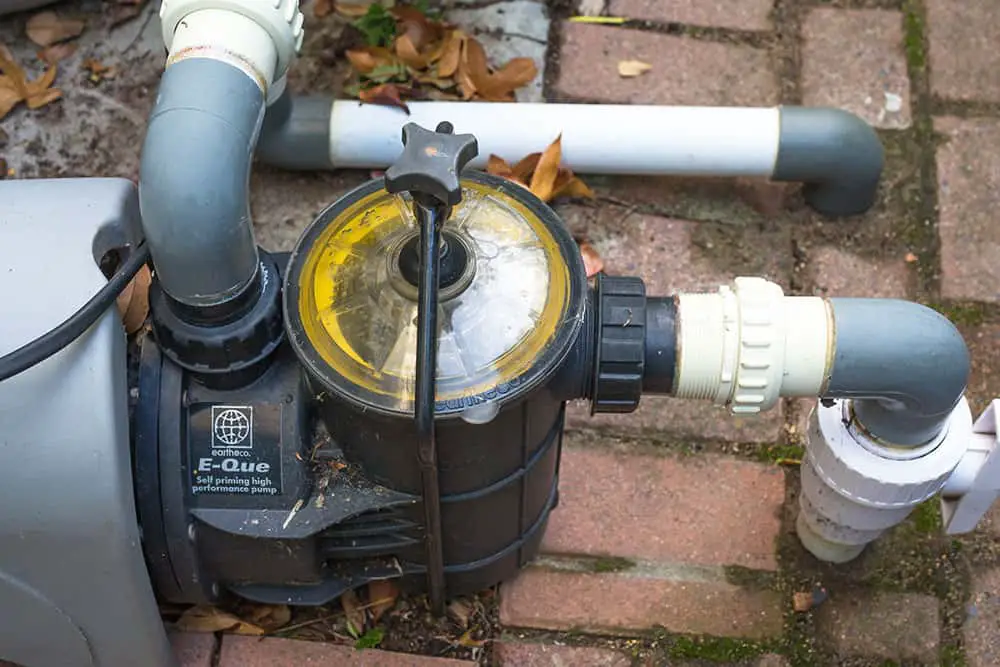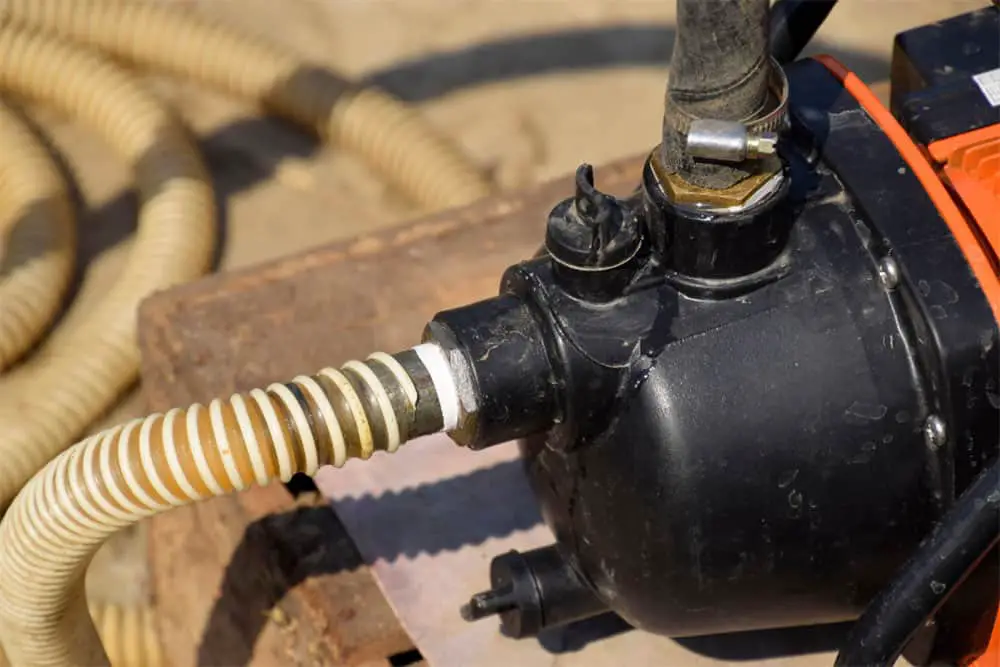A key piece of equipment that functions your pool filtration system, a pool pump ensures that water keeps moving so that your pool chemicals can do their job and filter out dirt and debris.
What happens if you do not have a fully-functioning pool pump?

Well, your pool water will be the number one holiday destination for water bugs, mosquitos and not forgetting algae which will have a life of its own when it flourishes.
It is safe to say that keeping your pool pump working is essential to keeping a clean swimming pool for you to enjoy, not the entire case of Bug’s Life...
Read on for a step-by-step guide on how to prime a pool pump, because let’s face it, no one wants to dig into their wallets for costly repairs and replacements.
How Do Pool Pumps Work?
So, here is the technical part: a pool pump uses a motor to move water through your filtration system, and it is designed specifically to be filled with water at all times.
If the pump is operated dry, it will burn out the motor and you will need to replace the pump. How can you avoid this? Well, you can avoid this by priming the pump.
What Does Priming A Pool Pump Mean?
Never heard of priming a pool pump until you purchased your pool? Look no further to find out what this means...
Most pool pumps cost hundreds of dollars, and you must buy this to maintain your pool - but this should be a well-looked-after investment, not an easily disposable one.
Or, you will definitely find yourself with a new and very expensive hobby of replacing your pool pump.
Priming your pool pump is crucial so that you can avoid operating the pump dry, which will eventually if not undoubtedly lead to mechanical failure for your pump, in other words spending more money.
A pool is a big enough investment, you may as well look after it, and you can do this by priming your pool pump!
Steps To Prime Your Pool Pump
Here is what you’ve been waiting for, our step by step guide to priming your pool pump is as follows:

- Turn off the pump - if you need to prime your pump, it is probably turned off already, but it doesn’t hurt to double check it’s switched off before you start or this could be very chaotic.
- Switch to recirculate - the multiport valve on your pump can be set to recirculate the water. This brings water directly into the pump and then recirculates it back out into the pool. By recirculating, this makes sure that the water bypasses the filter and goes directly into the pump, ensuring there is in fact water in the pump. Basically, this makes sure you have water in your pump rather than operating it dry.
- Release air - relieve excess air pressure by opening the air valve on top of the filter.
- Clean out the pump basket - remove any debris from the basket and rinse with a hose. This is a great time to inspect for any wear and tear, and if you need to patch up any o-rings.
- Fill the pump basket - use a garden hose to do this and put the lid back in place. Once filled and tightened, make sure the air release valve is open.
- Turn the power to the pump on.
- Check the water flow - water should be consistently flowing within 30 seconds. If you do not have a consistent flow, turn the pump back off and repeat the previous steps.
- Close the air pressure release valve.
- All done!
This is all quite straightforward once you get the hang of it!
But, as much as we all love to be instant experts at these technical things, it is pretty rare that anything works perfectly on your first go… So, now it’s time to troubleshoot any pool pump problems you might come across.
Potential Problems
What could go wrong? Well, there actually are a couple of things that could go wrong - but fear not! The fixes to these problems are pretty simple.
What Do I Do If The Water Isn't Flowing Into The Pump At A Constant Rate?
Try adding more water. Yeah, sometimes it really is the easiest solution that resolves the problem.
So, turn the power off to the pump, remove the lid to the filter basket and add more water.
Why Can’t I Get My Pump System Going?
This might be down to pockets of air being trapped in the line.
So, instead of adding more water directly to the pump basket, try adding water through an additional purchase - a skimmer.
Still No Luck… Now What?
Well, if you still have no luck starting up your pump - you may actually have a leak.
If there are any cracks or any other visible damage, then you will have to invest in a new pump. Most pool pumps tend to last three to five years.
So, the pool pump is pretty expensive but a very necessary piece of equipment that will ensure that your pool functions to its fullest capacity.
You need a pool pump for a clean and hygienic swimming environment. This is a major investment - but you shouldn’t be running a pool without one.
Priming your pool pump is the removal of trapped air and making sure the pump is filled with water before operating it.
By failing to do this, your pool motor will burn out. So, as a responsible pool owner, you should take time to safely and effectively prime the pump before operating it.
Through the step by step process, you can see that this is a pretty simple process - and we have covered any problems you may encounter on priming your pump along with solutions.
You want to keep this investment going for as long as possible - it’ll save you splashing out on lots of new pumps in the long run anyway.
